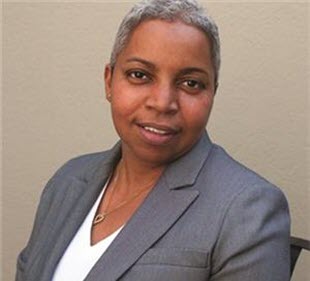UnitedHealthcare has placed a increased focus on expanding diversity, equity and inclusion (DE&I) within the greater organization, employing many strategic initiatives to improve upon these areas for members. Two years ago, we created a national DE&I council with the mission of building an industry-leading, diverse and inclusive environment in which we foster innovation by hiring, developing and retaining the best talent to increase our cultural competence.
Increased public consciousness and societal protests related to the death of George Floyd and other individuals placed social justice at the forefront of many U.S. business community outreach plans. In response to these recent developments, UnitedHealthcare Community & State narrowed its focus even further, bringing ideas and solutions centered around building health diversity, equity and inclusion to local markets.
We strive to achieve DE&I at the state level by encouraging plan leaders to have conversations about what their state DE&I needs look like, and then supporting state teams with resources, best practices and successes from other markets. Ultimately, our goals are to provide members with a purpose and sense of belonging and to improve health outcomes, but there’s no one-size-fits-all approach to DE&I. We aim to empower Community & State markets to set up a local DE&I program that can be tailored to the needs of members in their communities, as they best see fit.
It’s imperative to recognize that DE&I plans will not look the same. Markets differ and have unique needs. There’s opportunity for diverse tracks to be followed, allowing for a more meaningful experience in each market and for the communities served. Some states started the process of identifying a specific area of focus with the intent to become thought leaders in inclusivity and diversity practices. Others narrowed in on a subject such as health equity and leveraged community-based organizations to meet the needs of the Medicaid and Medicare members in their markets. Still other state plans developed a series of town halls to help encourage conversation on DE&I topics and they identified a group of people willing to help lead this work.
We want state leaders to start thinking about developing a DE&I journey — whatever that may mean to them and in the context of whatever feels right for their individual community. Here are a few ways in which local DE&I efforts have come together:
New York. This team formalized a council with operating norms and expectations. This includes work streams, internal professional development and external-facing streams as well — one specifically addressing health equity. From there, several subcommittees are led by their General Council members.
Florida. Local leaders decided to focus on the specific area of microaggressions and unconscious bias. Every month they would start off with providing materials, videos and articles to get everyone up to speed on that month’s area of focus. That information would be distributed to the rest of their health plan staff and at the end of the month, they would all come together for a town hall to reflect on the material. The next month, they would pick another topic and repeat the process.
Virginia. The Virginia team developed a DE&I action plan to include specific learning tracks, audiences and timing across their health plan and shared services. They believe their shared services team supports Virginia guests as much as the health plan staff does, and so they’ve done a lot of work strictly with education.
Kentucky. Leaders in Kentucky created a steering committee before they even really thought about putting together a council and bringing in members. And they’ve had a strategic focus on providing education rooted in DE&I. That has been very transformative, not just for their market but also for other colleagues.
If you ask all of us at Community & State what DE&I success looks like across the organization, we would all have very different answers. No matter how a state proceeds with implementing DE&I work, it’s important for the initiative to feel genuine to the needs of the market. We don’t want people to feel that this is performative — that we’re checking a box. We’ve worked hard to ensure that local champions feel empowered to shape their programs in the ways that make sense for their areas.
It’s vital that a council or program be diverse and inclusive, since Community & State work involves diverse groups that can be disconnected. By building this cultural diversity, equity and inclusion internally, we’re better able to connect with our external partners and carry the transformative impact to our members.

